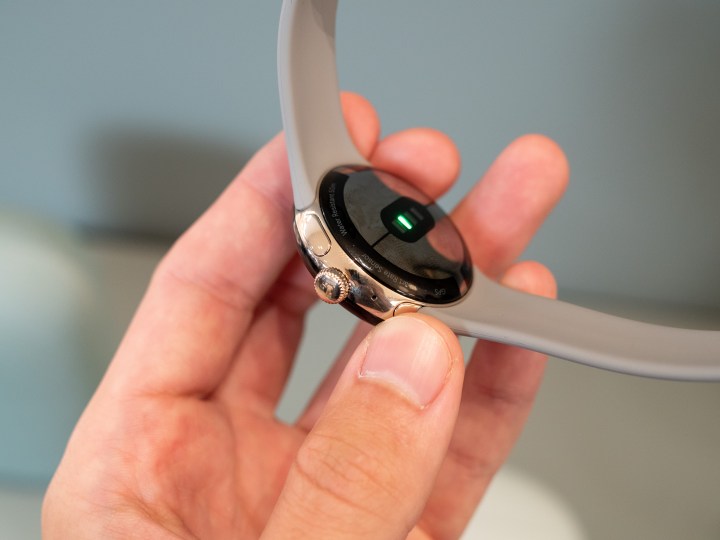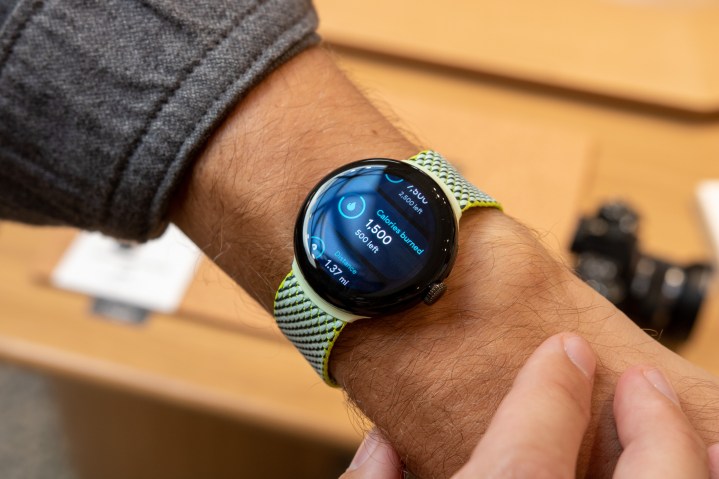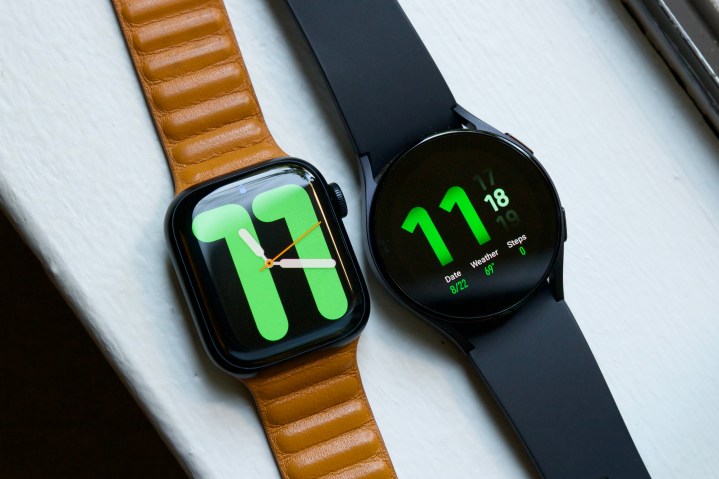At its “Made by Google” event on October 6, Google revealed the latest Pixel collection, which includes the new Pixel 7 and Pixel 7 Pro phones, a Pixel Tablet, and the company’s first smartwatch, the Pixel Watch. This Fitbit-infused wearable with Wear OS 3.5 has everything you’d expect from a smartwatch: health and fitness tracking, an always-on display, notifications, NFC, and more.
But on the health and fitness tracking front, these require various sensors to keep tabs on your active calories, steps, heart rate, flights climbed, body temperature, sleep, and more. A lot of wearables in recent years have also added blood oxygen (SpO2) tracking to their repertoire. Is the Google Pixel Watch a smartwatch that can help you keep track of your blood oxygen measurements?
A blood oxygen sensor is there, it’s just not activated

Technically speaking, the Google
On the one hand, it’s great that support for blood oxygen tracking is there for future use. But on the other, that doesn’t make its absence today any less irritating.
The benefits of SpO2 tracking

There are many benefits to measuring blood oxygen levels on a smartwatch. Measuring your SpO2 levels is usually done with a pulse oximeter, which detects how much oxygen is being carried through your system by your blood cells. The oxygen saturation level is reported back as a percentage level, and for a normal, healthy person, it should be between 95% to 100%. If it’s lower than that, there could be something wrong — for example, a sign of possibly having COVID-19 is a low blood oxygen level.
Usually, manufacturers that have smartwatches and wearables capable of tracking SpO2 levels warn users that these measurements are just for keeping track of general fitness and wellness. They are not meant to be used for a medical diagnosis. Still, SpO2 measurements from such wearables can help point out any discrepancies that may need further attention from medical professionals.
Health features the Pixel Watch has at launch

The Google
With Fitbit, the
Get these Pixel Watch alternatives if you need SpO2 tracking

The Apple Watch Series 8 is the latest smartwatch from Apple, and it tracks calories and steps, exercise minutes, SpO2, ECG readings, and even fall detection. Those who want a rugged wearable for extreme sports and situations (that also has an incredible battery life) should consider the Apple Watch Ultra, though that $799 starting price may not be the most affordable for everyone, especially compared to the $399 starting price for the Series 8.
Of course, going with either of these Apple Watches will require you to be tied into the Apple ecosystem, which may or may not work for you. But if you do splurge for either of the Apple Watches, both come standard with blood oxygen tracking right out of the box.
There’s also the Samsung Galaxy Watch 5, which is a great choice if you’re a Samsung user, as it needs to be paired with a Galaxy phone running at least Android 8.0. The Galaxy Watch 5 is also round like the
Editors' Recommendations
- A new Google Pixel Tablet is coming, but it’s not what you think
- Best Google Pixel deals: Save on Pixel 8, Pixel Buds, and Pixel Watch
- Google Pixel 8a: news, rumored price, release date, and more
- The Google Pixel 8a leaked again, and now I’m nervous
- This Google Pixel 8a leak just spoiled everything about the phone

